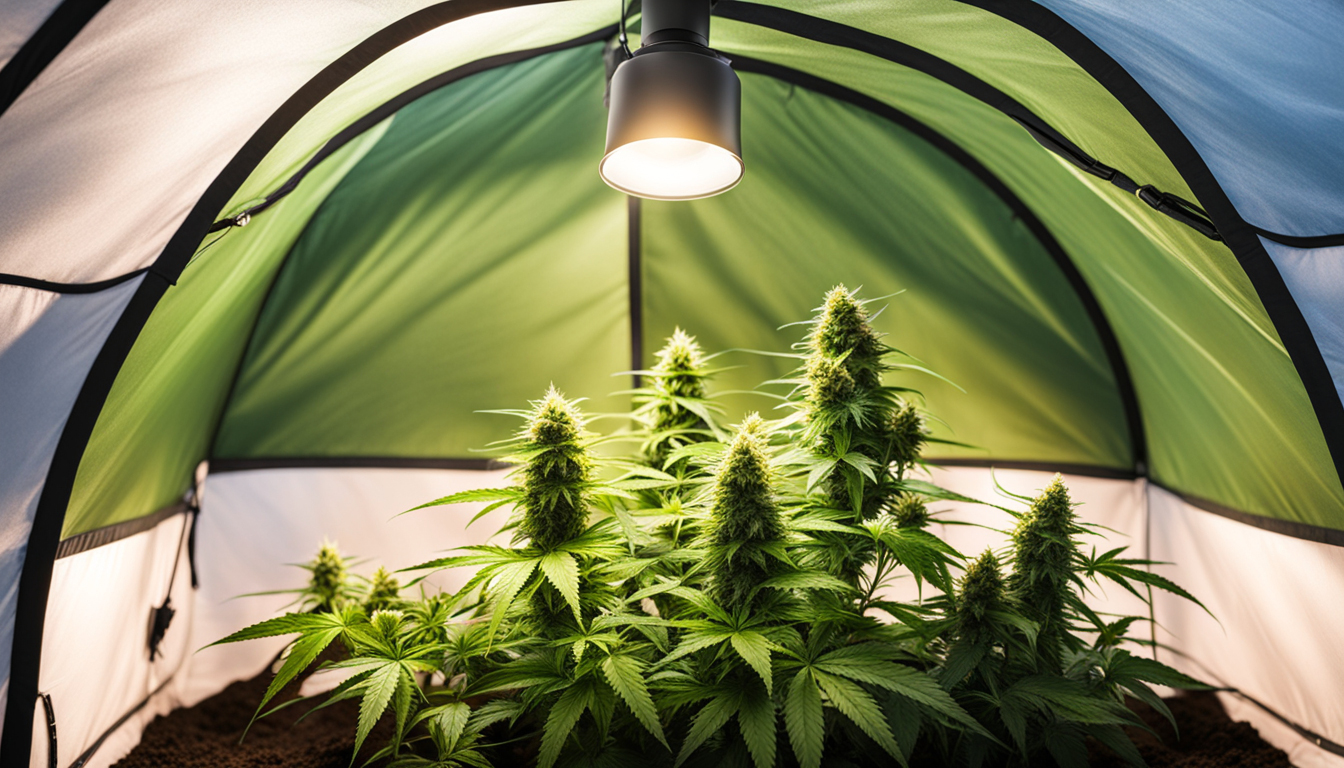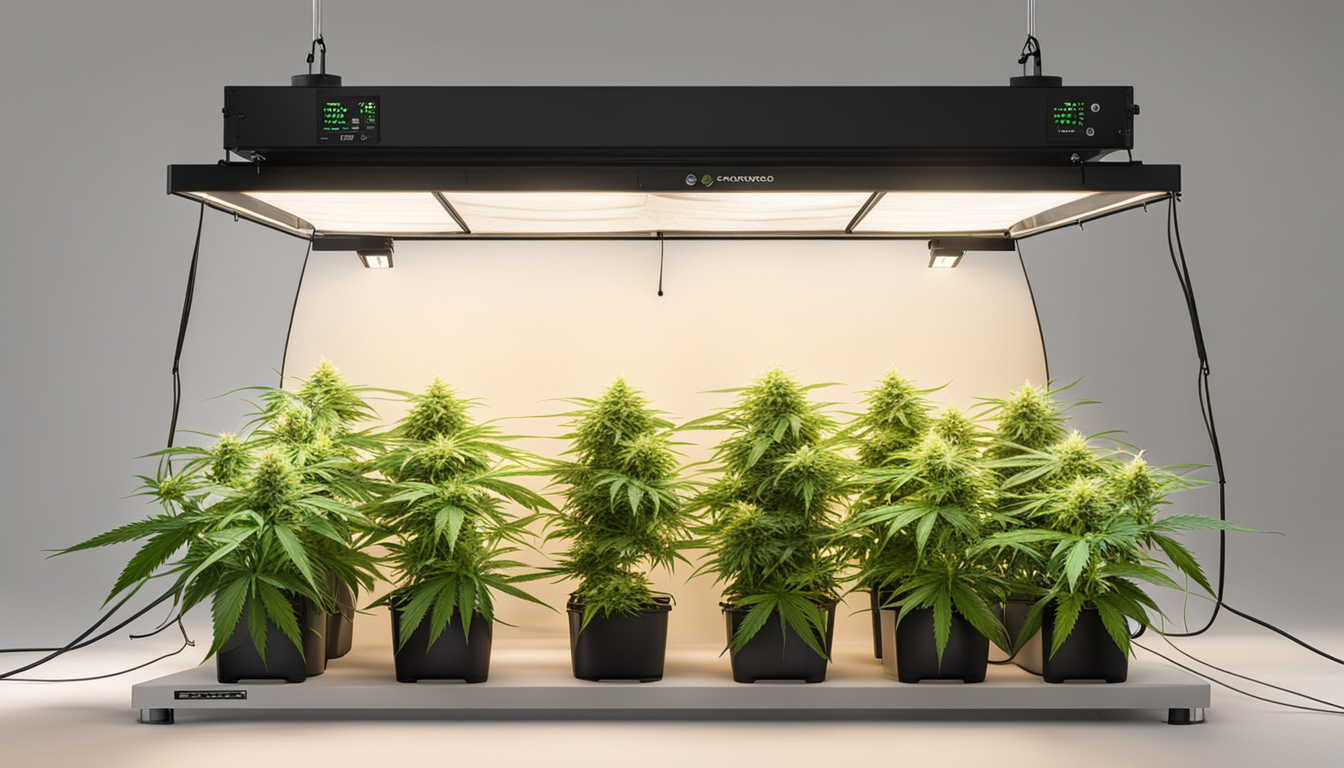
Whether you're beginning cannabis production or looking to improve your existing harvest, following this complete guide will help you produce bountiful, high-quality yields right at home. With the right gear, methods, and care, growing cannabis indoors can be an extremely productive and cost-effective endeavor.
Choosing Marijuana Varieties
The first step in planning your indoor grow is choosing the right marijuana varieties to cultivate. The three main types of cannabis plants each have their own qualities.
Energizing strains
Known for their invigorating cerebral effects, sativas spread tall and slender with narrow leaves. They thrive in warmer tropical climates and have a longer blooming time between 2.5-3 months indoors. Top sativa strains include Sour Diesel, Durban Poison, and Jack Herer.
Relaxing strains
Indicas provide calming full-body effects and spread short and bushy with wide leaves. Adapted to cooler mountain climates, they bloom faster within 8-9 weeks. Popular indica varieties include Granddaddy Purple, Northern Lights, and Bubba Kush.
Hybrids
Mixed strains blend traits from both energizing strains and indicas. They offer combined effects and have medium flowering times around 2.25-2.5 months. Popular hybrids are Blue Dream, OG Kush, and Blue Dream.

Setting Up Your Grow Space
Pot plants need the right controlled environment to thrive. Key factors for indoor cultivations are lighting, airflow, layout, and finding the ideal discreet location.
Location
Choose an available space with easy access to irrigation and electrical outlets. An empty extra bedroom, unused closet, basement corner, or cultivation tent locked away in a garage all make great hidden cultivation room spots.
Lighting
Marijuana requires strong light for all vegetative stages. LED grow lights are efficient and come in full spectrum options simulating real sunlight. Provide 250-400 watts per square foot for the growth stage and 20-40 watts per square foot for bloom.
Ventilation
Proper airflow and exhaust systems keep ideal temperature, humidity, and pure CO2 levels. Install silent 10-15 cm fans or scrubbers to refresh stale air and reduce smells.
Layout
Maximize your space by positioning plants carefully under the lights and leaving room to reach and work around them. Set up distinct zones for vegetation, bloom, curing, and cloning.

Cultivation Substrates
Cannabis can be grown in different mediums, each with benefits and cons. Pick a suitable option for your specific setup and growing style.
Soil
The classic medium, soil is cheap and simple for new growers. It provides excellent taste but needs more irrigation and nutrients to nourish plants. Amend soil with perlite or coco to improve drainage.
Coconut coir
Made from coir, renewable coconut fiber holds water but still lets in air to the roots. It's more sterile and more consistent than soil. Use coco-specific nutrients to avoid calcium buildup.
Hydroponics
In hydro systems, plant roots grow directly in nutrient water solution. This Click Here allows rapid growth but needs close monitoring of water chemistry. Deep water culture and drip systems are common techniques.
Germinating Seeds
Germination prepares your cannabis seeds to start growing taproots. This prepares them for planting into their growing medium.
Paper Towel Method
Place seeds between damp paper towel and maintain them damp. Inspect after a week for growing radicles indicating germination is complete.
Direct Planting
Plant seeds directly into pre-moistened cultivation medium 6mm deep. Gently water and wait 7-14 days until seedlings break through the surface.
Rockwool Cubes
Presoak cubic rockwool starters in balanced water. Insert seeds 1⁄4 inch deep into the cubes. Keep cubes moist until sprouts appear within a week to 2 weeks.
Repotting Seedlings
Once sprouted, weed seedlings need to be transplanted to prevent crowding. Move them into proper sized pots.
Preparing Containers
Fill large containers with cultivation medium enriched with slow-release nutrients. Let pots to soak up water for 8-12 hours before repotting.
Carefully Transplanting
Gently separate young roots from sprouting medium using a spoon. Place into prepared pot at equal depth as before and lightly water in.
Vegetative Stage
The growth stage encourages foliage and plant structure through 18-24 hours of continual lighting exposure. This stage usually lasts 4-8 weeks.
Using 3/4 to full day of Light
Use grow lights on a 24 daily schedule or outdoor light to initiate constant growth. Lamp intensity influences size and node distance.
Nutrients
Use vegetative stage nutrients richer in nitrogen. Make sure pH stays around 5.8-6.3 for full nutrient uptake. Fertilize 1⁄4 to 1⁄2 strength after 14 days and strengthen gradually.
LST and topping
Fimming, low stress training, and scrogging direct growth patterns for flat foliage. This increases yields.

Bloom Stage
The flowering stage grows buds as plants show their sex under a 12 hour light timing. It lasts 8-12 weeks based on strain.
Switching to 12/12
Switch lamps to 12/12 or move outside for natural 12 hour cycle. This signals plants to begin flowering.
Flushing
Flushing removes fertilizer residuals to improve flavor. Fertilize lightly the first weeks then just use pH'd water the final 2 weeks.
Flushing
Continue 12/12 light timing but leach using neutral pH water only. Resume clean watering if buds aren't ripe after two weeks.
Reaping
Knowing when pot is fully ripe delivers maximum potency and aroma. Cut down plants at peak ripeness.
Identifying Ripeness
Check swollen calyxes, faded pistils, and 10-15% cloudy trichs. Check buds around the plant as they won't all ripen evenly.
Harvesting plants
Use sterilized, razor-sharp pruning shears to carefully cut each plant at the base. Keep several inches of stem attached.
Curing
Hang intact plants or colas upside down in a lightless room with average temperature and RH around 50-60% for 7-14 days.
Aging
Aging continues desiccating while improving the buds like fine wine. This technique mellows harshness and intensifies terpene and terpene profiles.
Jars and Humidity
Manicure dried buds from stems and store into sealed containers, filling about 3⁄4 full. Use a sensor to monitor jar humidity.
Opening jars daily
Open jars for a short time each day to slowly lower humidity. Rehydrate buds if RH drops below 55%.
Final Cure
After 14-21 days when moisture stabilizes around 55-65%, do a last manicure and store long-term in sealed jars.
Troubleshooting
Even seasoned growers run into various weed plant problems. Detect problems soon and fix them properly to keep a vibrant garden.
Nutrient Deficiencies
Yellowing leaves often indicate inadequate nitrogen. Anthocyanins and leaves signal phosphorus deficiency. Check pH and increase fertilizers slowly.
Bugs
Thrips, aphids, fungus gnats, thrips, and root aphids are common weed pests. Use organic sprays, predator bugs, and yellow traps for organic control.
Powdery mildew
High humidity encourages powdery mildew and bud rot. Increase circulation and venting while reducing RH under 50% during flowering.

Summary
With this complete indoor pot growing guide, you now have the info to cultivate plentiful potent buds for personal grows. Apply these techniques and methods throughout the seed starting, vegetative, and flowering stages. Spend in good gear and carefully monitor your plants. In time, you'll be rewarded with sticky fragrant buds you raised yourself under the loving care of your green thumbs. Happy growing